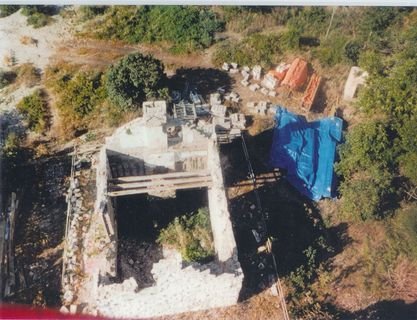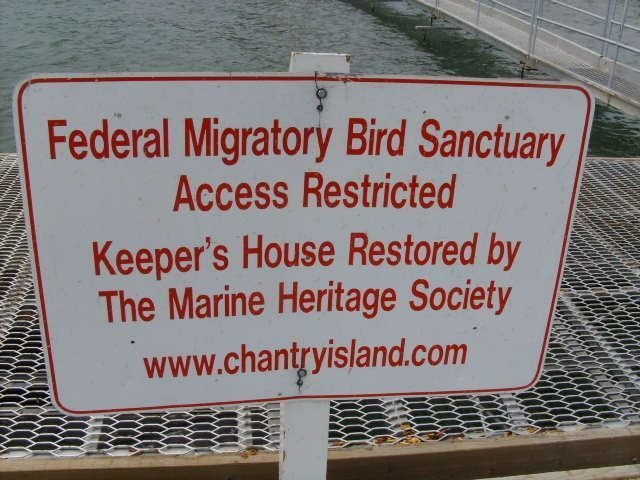
Light Keeper's Cottage Restored

For nearly a century, from 1859 to 1954, the lighthouse illuminated the night, guiding mariners safely around the rocky coastline.
Duncan McGregor Lambert
William Lambert
Family on Chantry Island
Light Keepers lived on the island, sometimes with their families, to ensure the oil-fired flame burned brightly and was magnified by a Fresnel lens.
The transition to electric lighting in 1954 rendered the role of Light Keeper obsolete. Consequently, the Keeper’s home was abandoned, falling prey to neglect, vandalism, and the harsh weather of the stormy lake.
In 1997, the volunteer-driven Marine Heritage Society embarked on the challenging task of restoring the keeper’s home and other elements of the lighthouse property.
MHS volunteers approached five different provincial and federal government departments to obtain necessary permissions. Simultaneously, they raised financial support through private and corporate donors and fundraising events. Then, over 250 volunteers provided more than 22,000 hours of hands-on labor.
In following the original architectural plans, volunteers felled hemlock trees, milled beams, and transported them to the island. They also transported heavy dolomite stone and carefully placed the blocks. The reconstruction of the Light Keeper's home, including period furniture and artifacts, was completed in 2001. Subsequently, MHS volunteers restored the staircase of the lighthouse, constructed a boathouse with a replica rescue boat, reconstructed the privy, and established gardens.
Mike Sterling at the tiller of the Tilbury
For more detailed information of the restoration, refer to the book "We Were Here” by MHS co-founder Mike Sterling, listed in our Resources & Bibliography along with other resources.
You can also watch volunteers in action and learn their motivations in this CTV News Kitchener report from a 2000/01 edition of ProvinceWide.
Restricted Access
Access to the island is limited due to its status as a Federal Migratory Bird Sanctuary.
The MHS tour offers an excellent way to observe birdlife, explore the Keeper's Cottage, and climb 107 steps to the top of the lighthouse for breathtaking views. For dates, times, and more information, see the Historic Boat Tour to Chantry Island.
Community collaboration has been instrumental in the restoration and upkeep of the island, as well as for other MHS operations and activities you can explore on these pages. The Marine Heritage Society extends heartfelt thanks to the Town of Saugeen Shores, Bruce County Museum & Cultural Centre, Southampton Propeller Club, Chantry Island Chambettes, Southampton Rotary Club, the Saugeen Shores Chamber of Commerce, and numerous private and corporate donors. Their unwavering teamwork helps sustain the success of the volunteer-driven Marine Heritage Society.
The MHS also wishes to acknowledge that Bruce County is situated on the traditional and treaty territory of the Anishinabek: The People of the Three Fires, known as Ojibway, Odawa, and Pottawatomie Nations. This is the homeland of the Chippewas of Saugeen, the Chippewas of Nawash, and the Metis, the traditional keepers of this land. May we all live with respect on this land and waters, in peace and friendship with all its diverse peoples.











